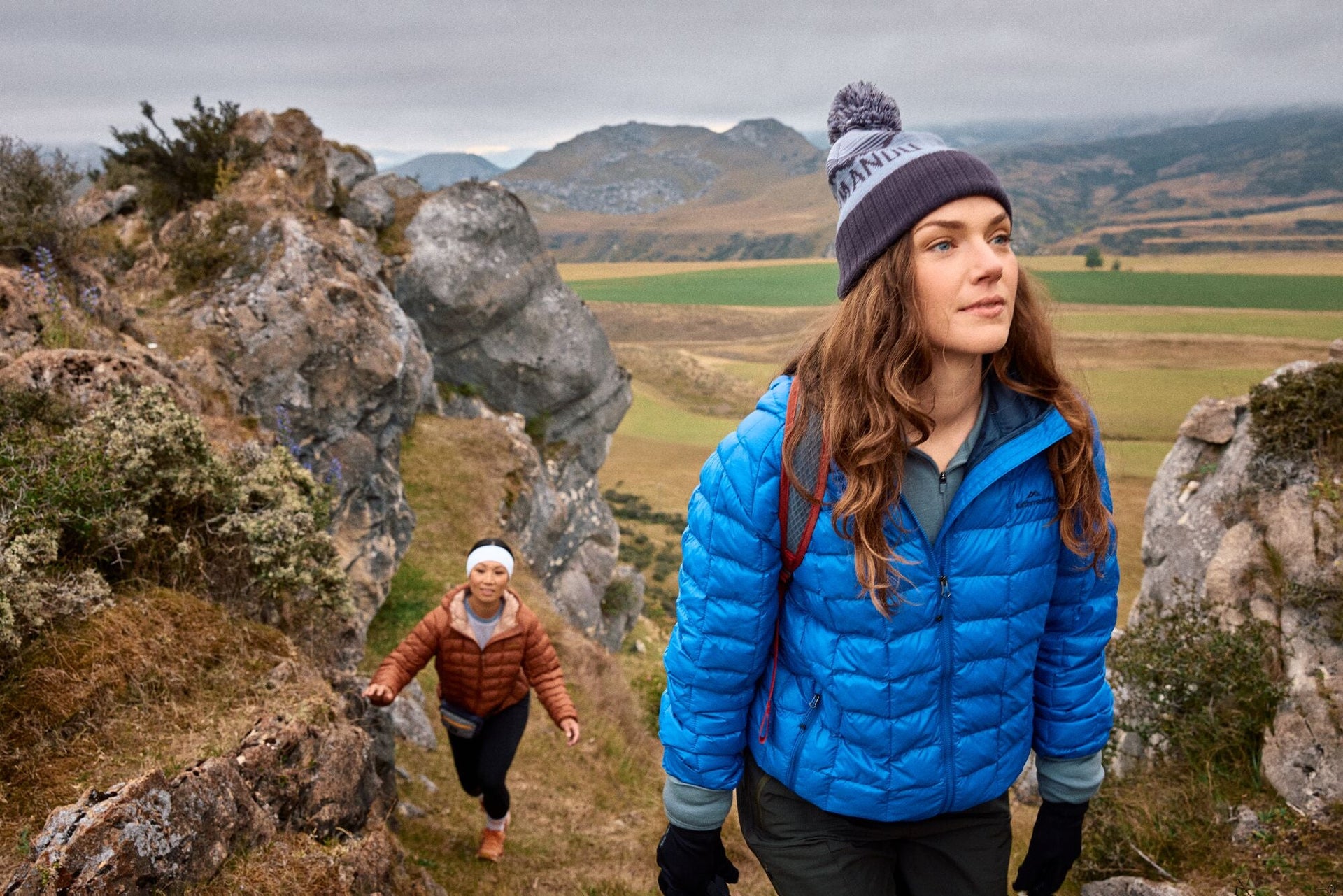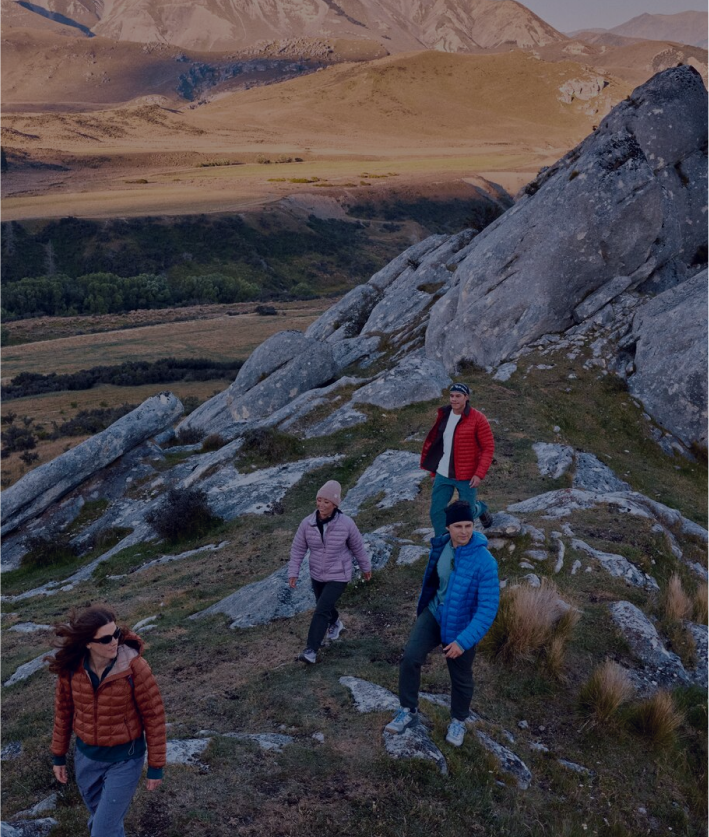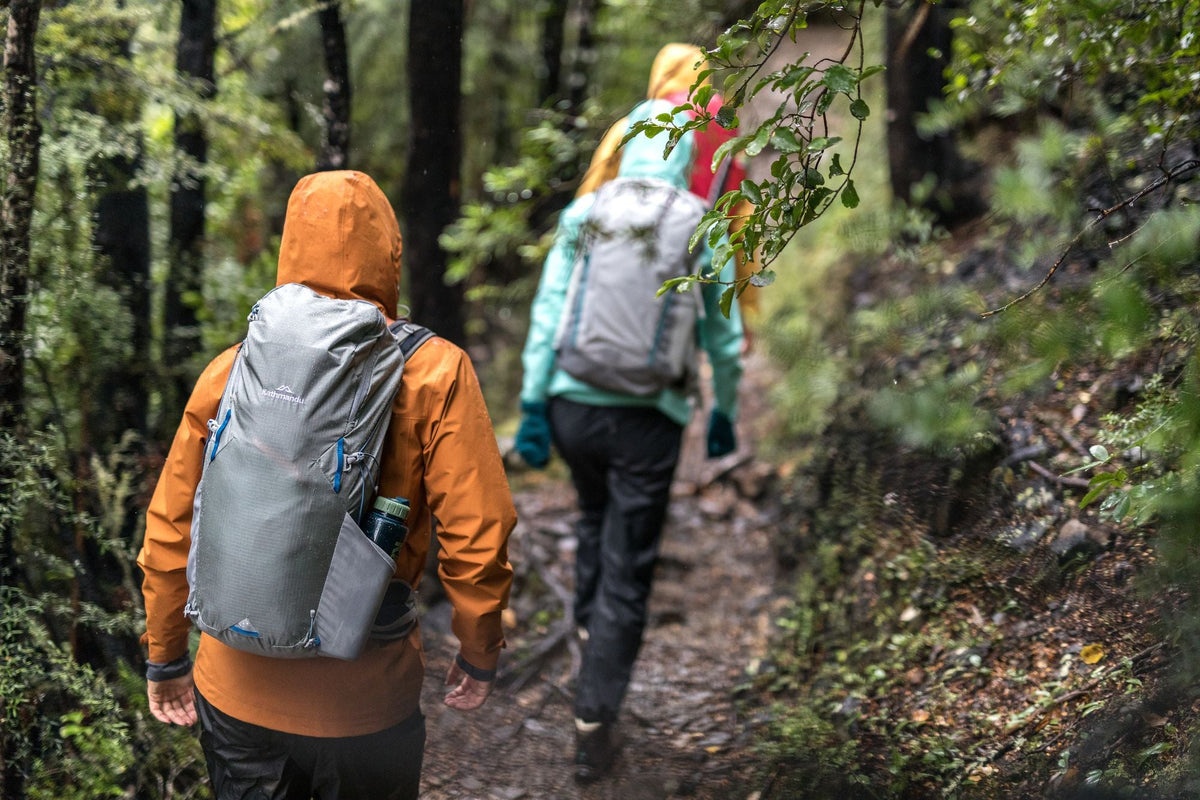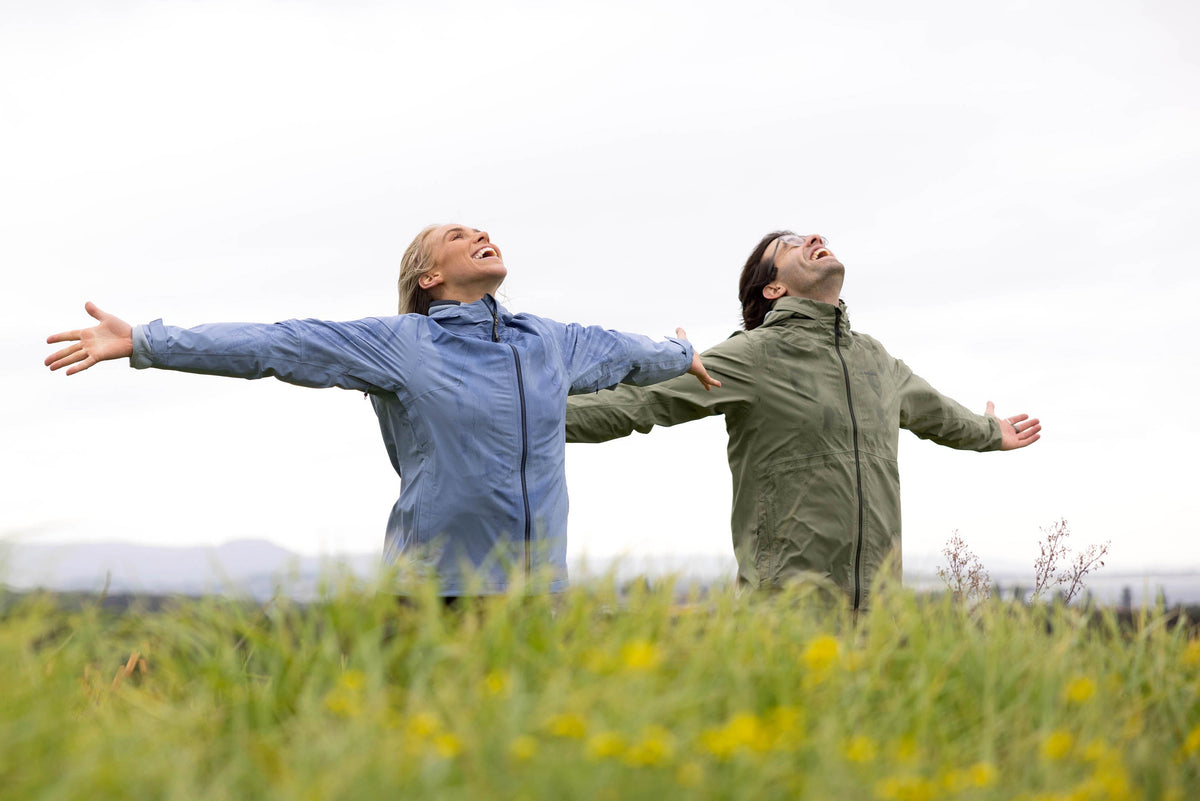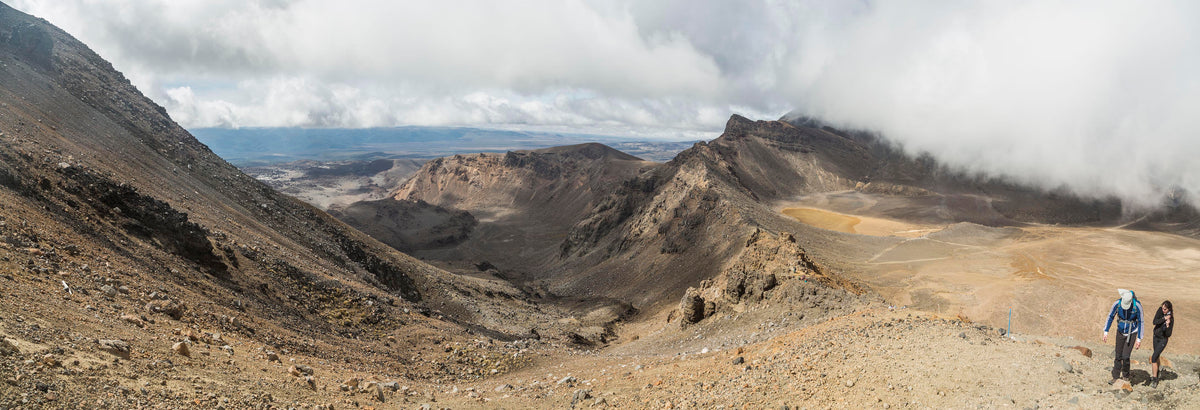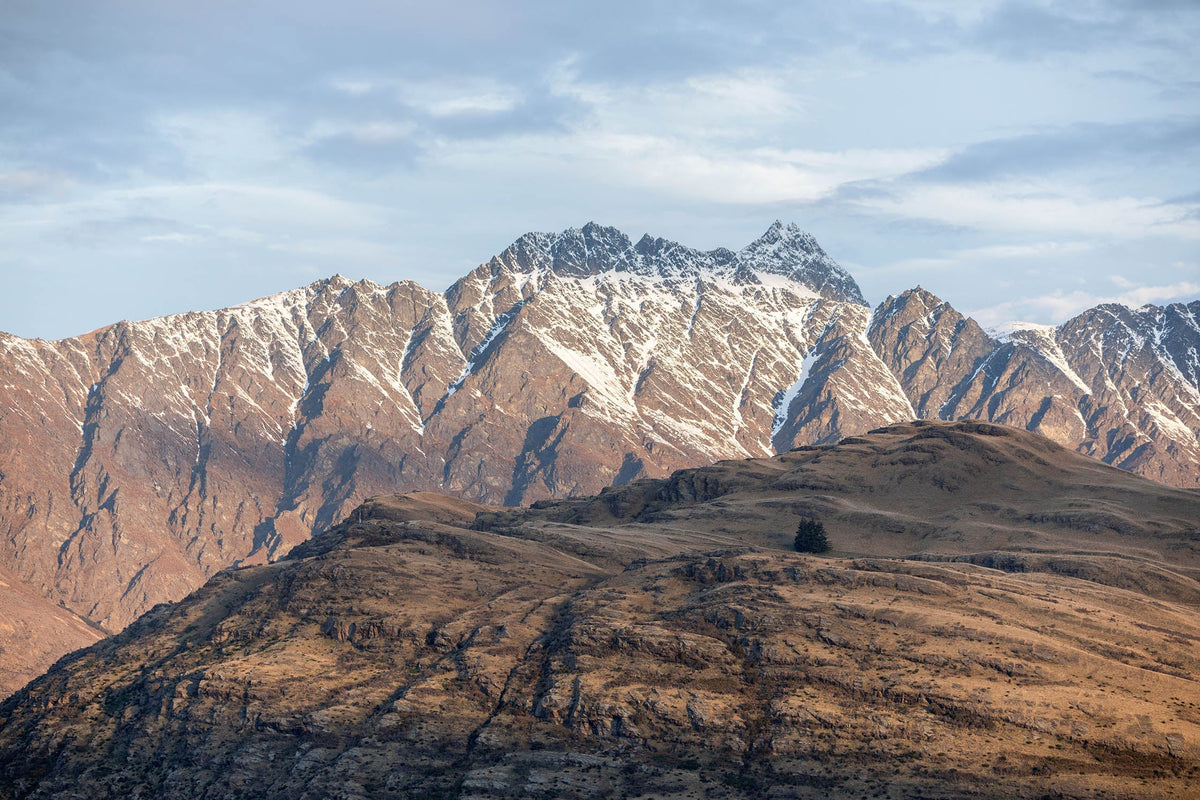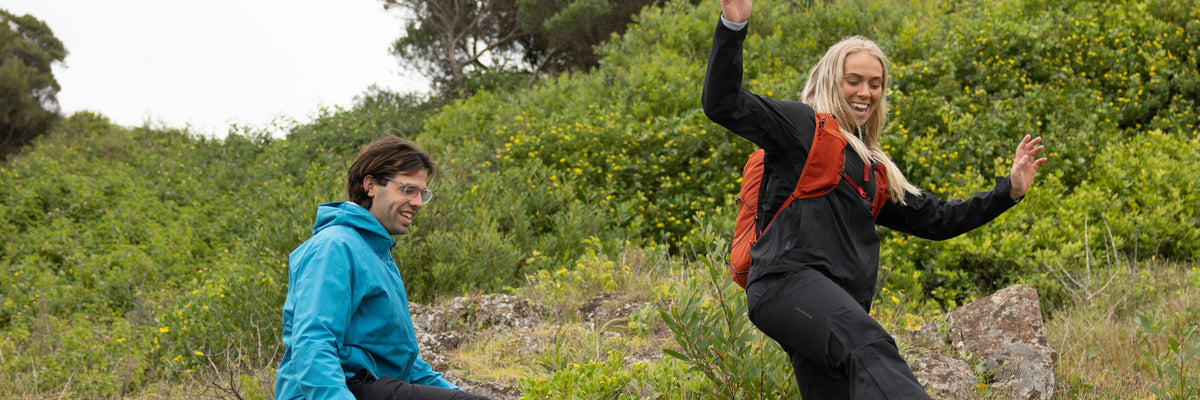Staying hydrated is crucial when hitting the trails for a hike. Not drinking enough water can lead to dehydration, which can cause dizziness, fatigue, and even heat exhaustion. It's important to start your hike fully hydrated and to continue drinking water throughout your trek. As a general rule, you should aim to drink at least half a litre of water per hour of hiking, and more if it's particularly hot or strenuous.
Carrying water
Most people have a trusty water bottle that they don't leave home without. An ideal hiking drink bottle should be at least 500ml, lightweight, and easy to store. Most hiking packs have side pockets specifically for water bottles, to ensure that water is easily accessed. But, the most convenient option when you're walking is a hydration bladder, so you can drink from it while walking, without having to stop to get it out of your pack. The only downside is that hydration bladders can be more fiddly to refill and need to be cared for properly. Some people prefer to bring a combination of both a water bottle and a hydration pack, to have the best of both worlds and have extra water on hand.
Treating water
For a multi-day hike you don't want to have to carry dozens of litres of water at one time, so it's important to research water refill opportunities and how you plan to purify that water. Even the clearest-looking streams and lakes can have dangerous bacteria and parasites lurking about. Sipping untreated water can make you really sick with nasty illnesses like giardia - trust us, the last thing you want when hiking is a bout of diarrhea. In this article(/blog/how-to-treat-water) we cover the different ways you can treat your water, and the pros and cons of each.
Drinking water
Dehydration occurs when you lose more body fluids than you take in through sweating, which can lead to a variety of symptoms such as a dry mouth, decreased energy, cramps, headaches, and more. To prevent dehydration, it is important to drink water frequently and as soon as you feel thirsty. Sipping water regularly is better than drinking large amounts all at once. Don't forget to replenish electrolytes lost through sweat during long activities, especially those lasting over an hour. Snack on foods rich in sodium, potassium, calcium, and magnesium, or consider an electrolyte replacement sports drink for high-intensity activities. At higher altitudes, you may not feel thirsty but it's important to drink regularly to avoid dehydration. Even in cold weather, it's crucial to stay hydrated, and hot drinks can help.
When hiking, it can be tempting to drink all your water at the summit, but it's important to save at least a third for the way down. Even though it may seem easier, going downhill still requires a lot of energy and you never know what could happen. So, it's always best to be prepared.
Additionally, to fully rehydrate your body after the hike, keep an extra one or two liters of water in the car. This will help prevent headaches or heat stroke and make the drive home safer. And don't forget to pack your favorite snack to reward yourself after all that effort!




